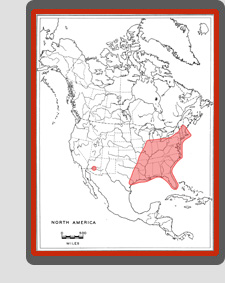 
Characteristics & Similar species
Heteromeringia nigripes and the closely related H. nitida are similar in appearance, but differ slightly in colour and male genitalia. Heteromeringia nigripes has a yellow fore coxa (white in H. nitida), brown mid and hind coxae (brown in Mexican H. nitida), a brown or brownish pedicel (yellow in H. nitida excluding specimens from Mexico) and slightly different wing venation (see key). Both of these species differ from other North American Heteromeringia in having only a single pair of vibrissae, a small pilose disc on the male anepisternum and no additional upcurved posterodorsal anepisternal bristle (just before the wing base).
A third species closely resembling these two, Heteromeringia fumipennis, is expected to occur in Florida and/or eastern Texas but has not yet been found in North America. It is a common, widespread neotropical species characterized by a darkly-clouded wing that becomes clearer towards vein M, and male cerci that are thin and entirely united along their length.
Distribution
Heteromeringia nitida occurs from Illinois and eastern Texas east to New Hampshire and southern Florida. A few specimens have also been collected further to the west in Nevada and Mexico (Durango). The only Canadian records for this species are from the tip of southern Ontario in Essex County (Ojibway Prairie Nature Reserve and Point Pelee National Park).
Biology
This species has been collected in sandy, wooded areas, and in association with red dogwood and oak forests. Copulation has been observed on oak in South Carolina and West Virginia, suggesting a preference for this tree as an oviposition site, although other temperate Clusiidae for which host records are known do not show strong host associations. Heteromeringia nitida is regularly taken in Malaise and pan traps, and has been collected using mushroom traps.
Like several other Clusiodinae, Heteromeringia nitida males engage in agonistic behaviour at lek sites on fallen trees. One of us (SM) observed males over a period of several days in different years on bare patches on oak logs in South Carolina. Each male patrolled a territory of about six square cm partially covered with myxomycete sporocarps. When two males appeared in the same territory, they folded their front legs back at the tibial-femoral joint before “boxing” with their elbows (see figure). Females were observed going in and out of beetle burrows on the same logs, and although pairs were seen in copula on the lek sites, no premating behaviour was noted. |